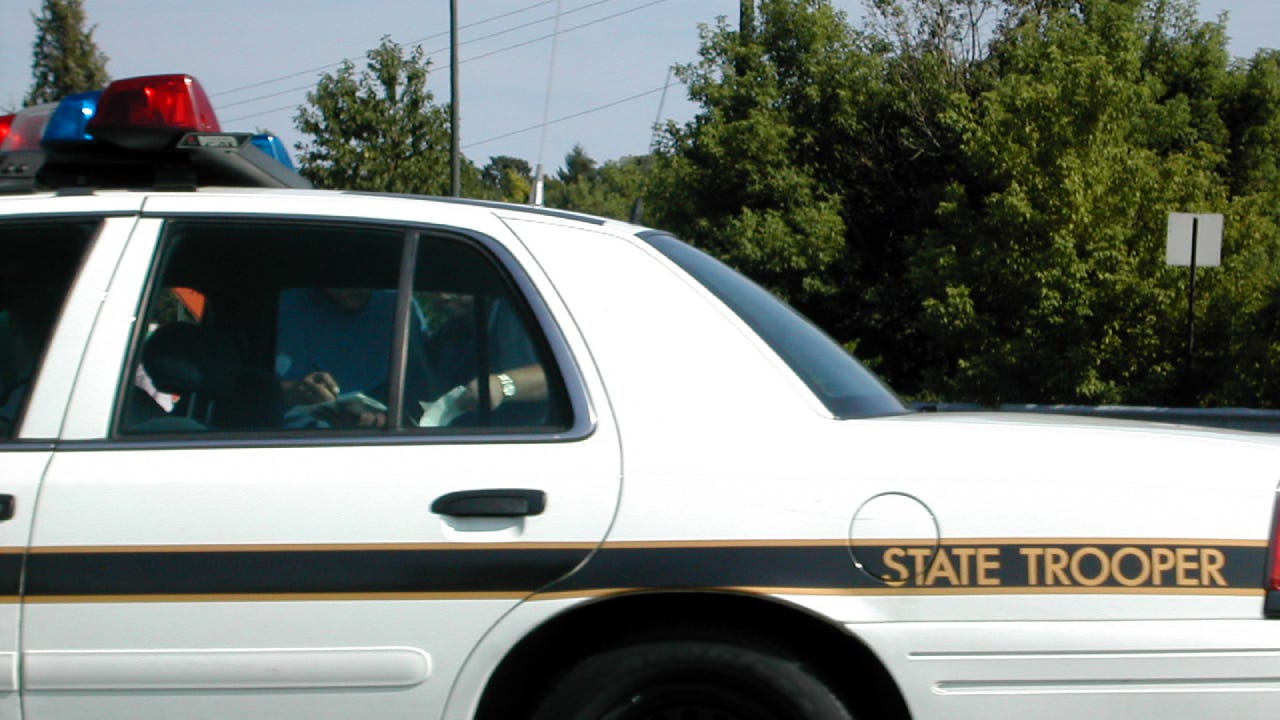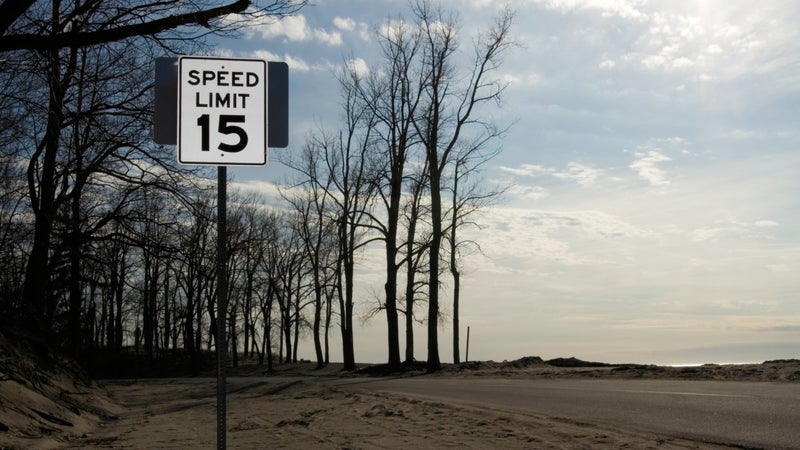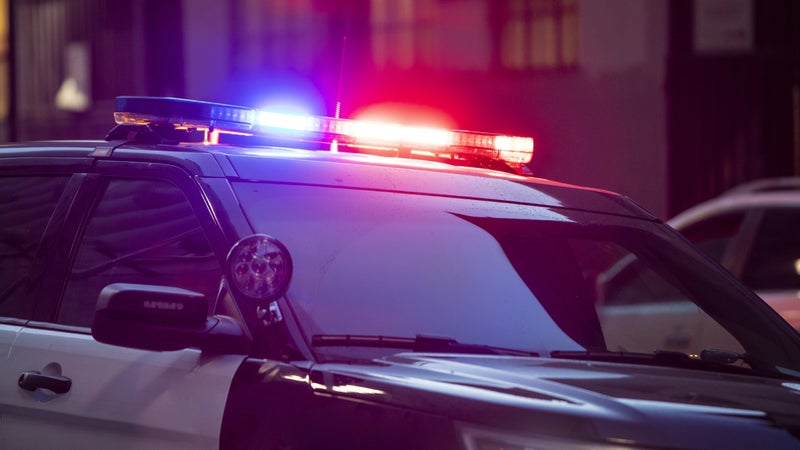Penalties for driving without insurance in Pennsylvania

The Bankrate promise
At Bankrate, we strive to help you make smarter financial decisions. To help readers understand how insurance affects their finances, we have licensed insurance professionals on staff who have spent a combined 47 years in the auto, home and life insurance industries. While we adhere to strict , this post may contain references to products from our partners. Here's an explanation of . Our content is backed by Coverage.com, LLC, a licensed entity (NPN: 19966249). For more information, please see our .
Like most states within the U.S., Pennsylvania auto insurance laws require all drivers within its boundaries to maintain at least a certain minimum amount of car insurance. Not only is it illegal to ignore this, but it can also place drivers in serious financial jeopardy. Breaking this law can result in fines and license suspensions, but causing an auto accident without even basic liability insurance can potentially cost tens of thousands out of pocket. That policy doesn’t just protect you from the law but also from the extensive costs that can result from being responsible for medical bills and property damage caused by an auto accident. However, before settling on a specific policy, reviewing the state insurance specifics is vital. For instance, is Pennsylvania a no-fault state? Understanding the nuances of your auto insurance requirements can help you find the best policy for you.
Pennsylvania car insurance laws
Pennsylvania state law requires all drivers to have auto insurance. In order to meet the minimum requirement for insurance within the state, you must have 15/30/5 coverage. This means that if you get into an accident, you must be insured for coverage of up to:
- $15,000 bodily injury liability per person
- $30,000 bodily injury liability per accident
- $5,000 property damage liability per accident
- $5,000 first-party benefits
First-party coverage typically pays for necessary medical expenses sustained by you or your passengers in the case of an accident. However, Pennsylvania has a unique approach to this coverage, treating it similarly to how other states treat personal injury protection (PIP). In Pennsylvania, first-party insurance must provide at least $5,000 of coverage for medical expenses regardless of who is at fault for the accident.
Pennsylvania is also one of a few states that operates on a choice no-fault insurance system. If the driver opts for the no-fault system, no matter who is at fault for an accident, your insurance must cover your medical costs and lost wages. The insurance provider cannot deny you that coverage even if you are determined to be responsible for the accident. You also typically cannot sue the at-fault driver.
In Pennsylvania, if the driver chooses to maintain an at-fault policy, there are no limitations on filing third-party claims against the at-fault driver’s insurance policy or suing them in court.
However, the at-fault policy, sometimes called a full tort policy, typically costs more than no-fault coverage or limited tort policy. Limited tort policies lower insurance costs and reduce the number of lawsuits that follow an accident but also limit your options to pursue payments for damages if you are in an accident that is not your fault.
Penalties for driving without insurance in Pennsylvania
Despite the state’s requirements, some people still attempt to drive without insurance in Pennsylvania. While this could provide short-term savings, it may not be the best financial decision as you will be on the hook to pay expenses if you cause an accident and are likely to face fines and suspensions.
| Penalty type | First offense penalties |
|---|---|
| Fines | Minimum of $300 |
| Registration suspension | Three months plus $79 restoration fee |
| License suspension | Three months plus $79 restoration fee |
Pennsylvania law is quite strict when it comes to penalizing drivers for being found driving without insurance. By suspending your car’s registration, Pennsylvania prevents anyone from driving your car for three months. Your registration plate, card and driver’s license all must be surrendered to PennDOT following the second offense of being caught driving without insurance. This could mean paying for transportation or potentially losing wages from being unable to get to work while you are without a vehicle for three months. Additionally, you will have to pay a $79 restoration fee to activate your registration again.
You can prevent the suspension of your vehicle registration by paying a $500 civil penalty plus the restoration fee. That, paired with the initial fee for driving without insurance, pushes your total paid-in fines up to nearly $1,000. You can likely find insurance providers who offer minimum coverage for significantly less than the cost of the potential fines and penalties associated with driving without insurance in Pennsylvania.
Getting into an accident without insurance
Getting into an accident, no matter where you live, can be expensive. It is made all the more financially devastating if you do not have insurance to help you cover the costs of an accident. Pennsylvania is one of few states that does not have an SR-22 requirement, which serves as proof of insurance that you are required to present after an accident or traffic stop. Despite no requirement for having an SR-22, you can still face significant legal and financial repercussions for being uninsured and getting into an accident.
If you do not have liability insurance, it is possible that you will be required to pay out of pocket to cover the other party’s medical bills and any property damage. This may mean liquidating assets in order to cover those costs, which could put your home and your savings at risk. You could also be subject to a lawsuit from the other driver for being uninsured.
The cost of carrying minimum car insurance in Pennsylvania is likely to be significantly lower than the potential cost that you could face if you are involved in an accident while uninsured. You can likely find cheap car insurance companies in Pennsylvania that have an option for coverage that fits your budget.
Frequently asked questions
-
-
The best car insurance will depend on your needs and preferences, including what your budget is and what you value in an insurance provider. For instance, if you value lots of customization in your policy, some companies might be better for you and someone for whom budget is the primary consideration. The best car insurance company in Pennsylvania is the company that offers the type of coverage that you need at a rate that fits your budget.
-
Pennsylvania does have a series of penalties for drivers who drive without insurance within the state, including fines and suspension of their registration and license. While drivers will not be jailed for driving without insurance, you may face jail time if you are involved in an accident that results in serious harm or are found to be driving under the influence and do not have insurance.
-
Although your rate may vary based on your rating factors, the average cost of a car insurance policy in Pennsylvania is $2,790 per year for a full coverage policy and $521 for minimum coverage. This data shows that Pennsylvania’s full coverage premium is slightly higher than the national average of $2,542 annually. However, minimum coverage in Pennsylvania is 30 percent lower than the national average, which is $740 per year.
-
Yes, auto owners are required in Pennsylvania to show proof of insurance when registering an auto vehicle. To register your vehicle, you must show proof of insurance verifying that you have the car insured with at least the state-required minimum liability coverage. This proof of insurance will need to include the insurance provider’s name, the policy ID number, and the effective and expiration dates for the policy.
-



